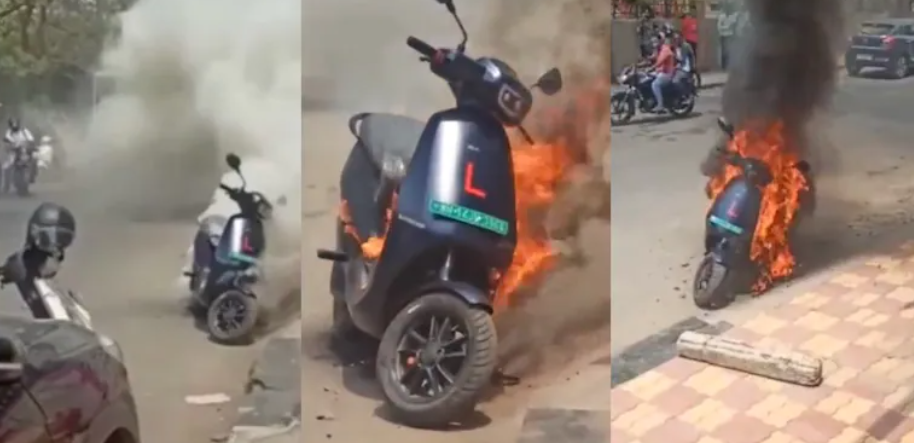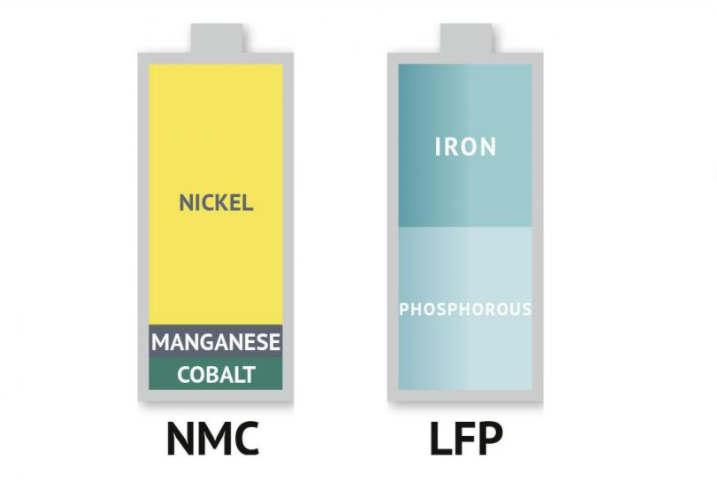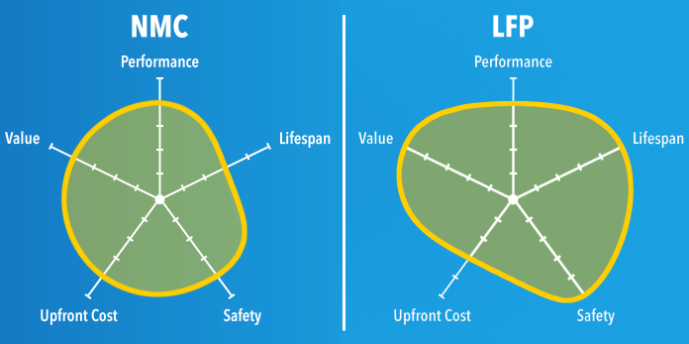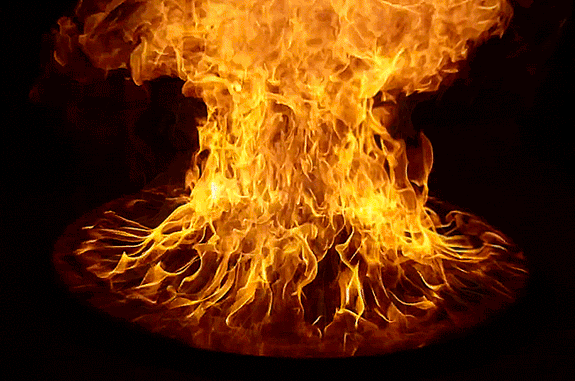We’ve been plagued with reports of electric scooters catching fire in recent days. It is now one of the most hotly disputed topics among EV manufacturers, customers who have shown an interest in acquiring an EV as their next car and EV, battery producers, and even policymakers.

Experts are giving all kinds of theories for what went wrong, etc., and this got me thinking about why this happened just in the last 2-3 months, despite the fact that EVs (2W, 3W, 4W, & buses) have been running for a few years, and only among two wheeler scooters.
Any device that uses a Lithium Ion battery for power storage is prone to combustion; we’ve all seen this happen with a few high-end cell phones and autos in the past (Ex. Tesla, heavily invested in research and having the most advanced production and testing facility too had to face issues with battery fire).

According to studies, lithium ion has two sub-chemistries: nickel manganese cobalt (NMC) and lithium iron phosphate (LFP). NMC is renowned for its high energy density, which indicates that more energy will be available with the same volume of battery.
Because LFP is a more stable chemical, the temperature threshold for thermal runaway (or fire) is greater than that of NMC.
Most electric 2 wheeler scooter OEMs prefer NMC due to its compactness and weight, but with this choice of chemistry comes the onus of delivering a fail-proof product, which must be extensively tested for thermal failure, mechanical failure, internal/external short circuiting, and electrochemical abuse, among other things, which most OEMs, in my opinion, try to rush due to FOMO.

It’s worth noting that I’ve yet to hear of an electric three-wheeler, e-car, or e-bus catching fire in India. This leads one to conclude that, while there are many elements at play when a battery catches fire, such as overcharging, bad design, accident, short-circuiting, and so on, its chemistry too plays a very important part.
The 2 wheeler scooter segment is booming; everyone wants a greater slice of this multibillion-dollar pie and is keen to enter the market as soon as possible. However, when this hurry results in human deaths, the best option is to be better late and better prepared than never.
A ‘Clean-Future Exclusive’ contributed by Chandan Mundhra, Founder & C.E.O –Savë Electric Vehicles; edited by Clean-Future Team






